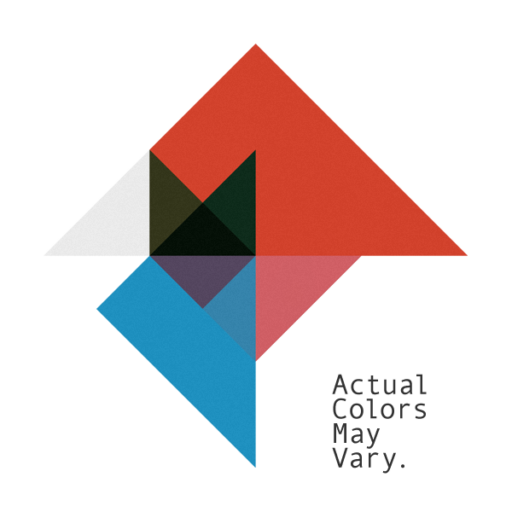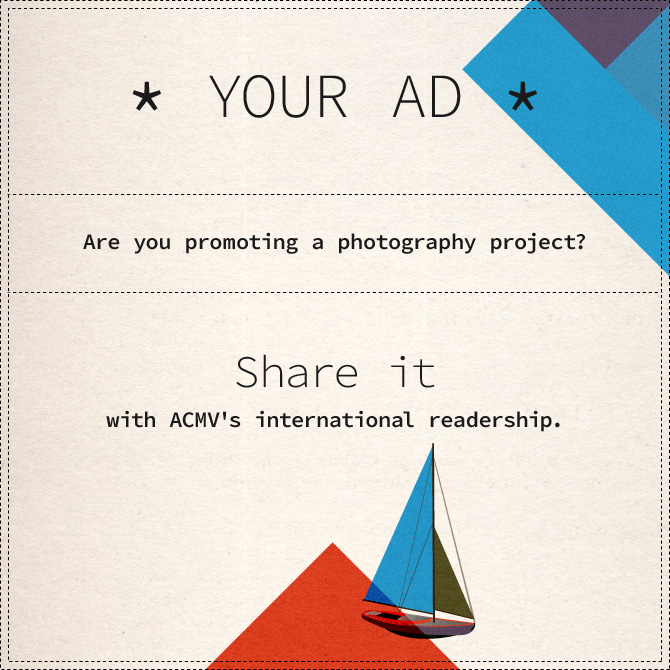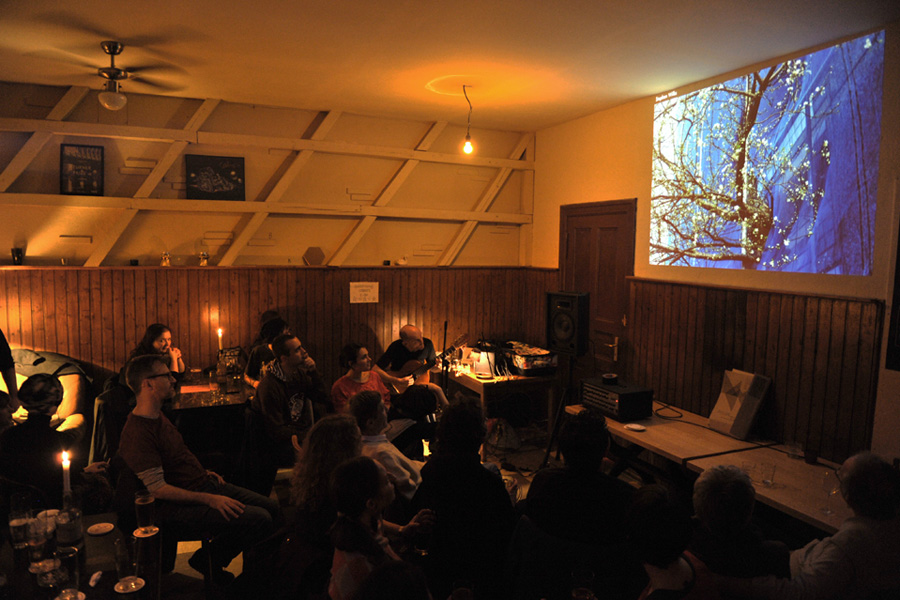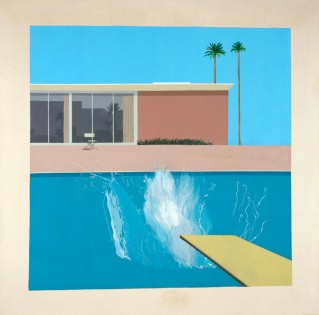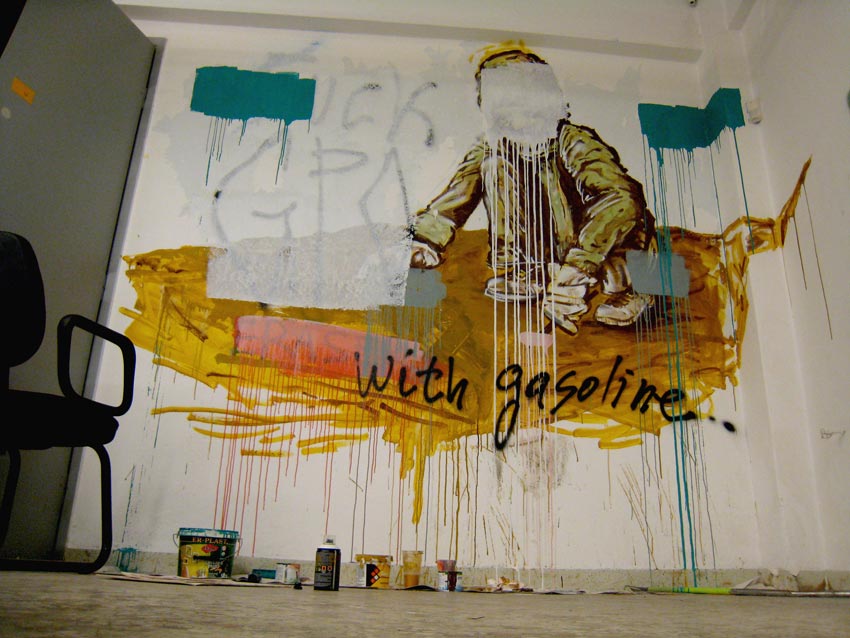My passion for photography started in earnest with the birth of my son. I had always enjoyed the photograph as an object but with his arrival came the need to record our lives. After the birth of my daughter I found that I was photographing as a way of exploring my own childhood memories as well as using it to document our lives. Photography was now becoming a means of expressing myself artistically.
In my photography I have always been drawn to the theme of childhood, whether it has been recreating my own personal memories, making images of my children and recording their childhood or working with children using ancient photographic processes.
My work is ultimately about emotion. It is about capturing a moment or a memory. I have always been interested in the idea of ‘memory’ – I think this came through my studies of reading diaries and journals for my MA in Holocaust Studies. Although my work is very personal, the intention is that it is open enough for others to bring their own story to it.
I work with a variety of photographic mediums, from medium and large format cameras using film, to working with the Victorian Wet Plate Collodion Process. I love to work in a slow and considered way and one in which I collaborate with each child that sits before me.
–
„Memory“
As the title suggests these are a series of images drawn from my memories of childhood.
According to Freud
the feelings of childhood remain with us throughout adult life but they are only perceptible … The foggy remembrance of a sensation that can no longer be grasped but still affect our emotions in ways that we cannot explain ourselves.”

One of my prime aims is to depict the chasm that can exist between a child’s world and that of an adult.
If we are to believe what Freud says that as adults we cannot look back as childhood as a child, then inevitably a chasm must exist. This is something I am particularly interested in as I remember the isolation I felt as a child, particularly at school.
My work is about exploring these feelings of abandonment, isolation, loneliness, longing, waiting and stillness.
All images are created on a 6×6 medium format camera.

–
„September is the Cruellest Month“
These portraits started during the summer of 2010 when I came to the stark realisation that my children are growing up and to a point, away from me, and that time passes and is never recaptured – we are only left with memories and photographs.
The images are taken on a 4×5 large format camera, using instant black and white film that requires me to slow down, to observe, allowing us to collaborate as mother and child. It is a very intimate, intense process. I wanted to capture moments of our school holidays together whether it be in play, at the mountains, at the sea, moments of contemplation, sleeping, sulking … moments that don’t necessarily record the act but will trigger the memory and emotion we felt in years to come when we look back and hold these images in our hand. I am photographing for the future as well as the present.
Why “September is the Cruellest Month”? Because it is the time when I have to let my children go back out into the world again without me. The summer holiday is now over. It’s a month that, for me, symbolises the passing of time. Back to school, back to their clubs, back to routine, progressing, moving on. Something we all embrace and want for them, but secretly wanting to hold back time a little bit longer.
We can’t stop time but we can freeze it for a split second in our images.



–
„Stillness in Time“
Wet Plate Portraits of Childhood
Within you there is a stillness and sanctuary to which you can retreat at any time and be yourself.“ Hermann Hesse
“Stillness in Time” is a series I have been working on throughout the spring and summer of 2011.
I wanted to make a series of child portraits using the Wet Plate Collodion process and I envisaged that these portraits would capture the stillness within each child as they sat or lay for several seconds, left alone in their own thoughts.

The reason for the Wet Plate Collodion process is simple. Firstly, because it is beautiful, but more importantly it is because it really slows down the photographic process and in turn it slows down the child sitting before me. Working with the Wet Plate Collodion process feels very personal. It can be an unforgiving process; all mistakes are mine and will be shown. It records every moment, from the flowing of the plate, to how I put the plate into the silver box, the exposure, the composition and the moment in which we (the sitter and the photographer) seems to come together and hold still for several seconds. Then we develop the plate. Every pause, hesitation, slip or drop will be recorded on this plate, every spec of dust or hair floating will be unforgiving. That’s the beauty of Wet Plate Collodion – by its very nature it is left to serendipity.

So, why have I returned to photographing children again? We live in a mad, relentless world and this is no different if you are a child. I am not saying it is a bad thing, just merely an observation. When I think what my family life is like we are on the go from around 6.30am until about 9pm most days. From getting breakfast, going to school, going to their clubs, homework, dinner, playing, talking, reading together – no time for stillness – so to capture stillness in a child is a rare and beautiful moment. It was wonderful to witness how despite whatever was going around them they became totally immersed in their own world.

When photographing the children I wanted it to be a collaborative experience. I wanted each child to suggest how I photographed them; however, due to the long exposure time not all suggestions could be done. The exposure time ranges from 4 to 30 seconds, enough time for someone to become absorbed in the moment – to become still. The very nature of wet plate requires stillness.
–
Limited edition, handmade, signed books from each of the series „Memory“, „September is the cruellest Month“ and „Stillness in Time“ will be published by the summer by Alexander Scholtz from Galerie Vevais Berlin, and will be available as individuals and/or as a trilogy in a box set. A more affordable softcover of all the series, which has been edited by William Ropp will be published afterwards. Below a small preview of the book prototype!
–
 Opening tonight in San Francisco’s vibrant Mission District is Carte Blanche’s wonderful new exhibition ‚This is your world‚, curated by Gwen Lafage.
Opening tonight in San Francisco’s vibrant Mission District is Carte Blanche’s wonderful new exhibition ‚This is your world‚, curated by Gwen Lafage.
Featuring photographs by 4 European women – Deborah Parkin, Aela Labbe, Julie Cerise and Saya Chontang – Carte Blanche’s exhibition creates an ephemeral world. It explores the spirit of dreams through images that refuse to give in to reality.
Opening reception: April 20, 2012, 6.30pm, Exhibition: April 20 – June 21
More infos on
☞ www.gallerycarteblanche.com
–
To view more of Deborah’s work, please visit
☞ www.deborahparkin.com
–
If you’d like to learn more about Deborah’s thoughts, listen to her interview (podcast) on the Musea Blog | Rethinking Photography.
